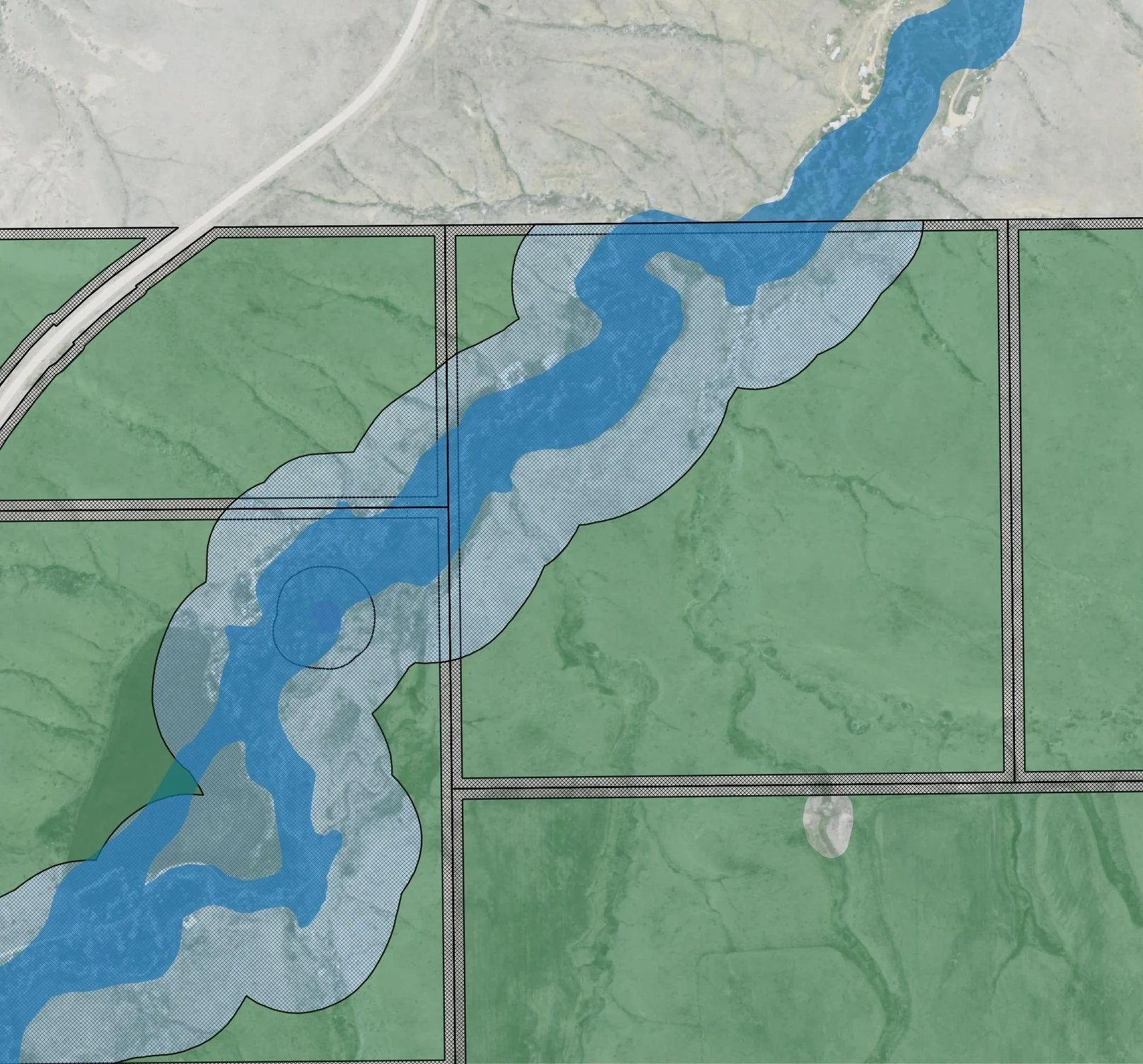A recent article posted to CitiScope correctly identifies a lack in urban planning capacity at all levels of government in developing countries. As an urban and environmental planner who worked in sub-Saharan Africa, the gap in professionally trained land use and resource managers is staggering. The authors of the article correctly point out the lack of planning education in institutions, combined with the old ways of thinking in the few programs which do exist, are inhibiting the ability for policymakers at all levels of government to grasp the complexity of rapid urbanization and natural resource development. Combined with the traditional silo approach to international development, a perfect storm for failing economic development policies and programs will continue to perpetuate the same old problems of persistent poverty, food insecurity, poor infrastructure, etc.
As the United Nations works to finalize the new urban development agenda, I would like to point out the gap in urban planning knowledge within the very institutions seeking to help these economies and communities develop. Too many aide programs are developed with a predetermined answer by bureaucrats and professional grant writers without recognizing the need for fundamental planning and land use studies at the beginning of the project. For example, almost all aide programs are designed around a perceived community need (e.g. lack of infrastructure). An organization will fund a program (either directly or indirectly) to build schools, clinics, roads and other critical infrastructure in these communities. This is achieved without ever thinking about the long-term spatial implications of these policy and infrastructure decisions, or what I call operating in a spatial vacuum.
I encountered a great example of this while working on a spatial development project in Mozambique where local forestry officials were concerned about the recent spike in deforestation rates in a local forest reserve. Through some rudimentary spatial analysis (overlaying a few different data layers), we discovered another government ministry had been building schools for the few communities residing inside the reserve. Logically, the policymakers responsible for providing education facilities for their constituents saw communities lacking in access to education and, thus, built a few schools for these communities. Unbeknownst to them, this new education infrastructure acted as an economic attractor, suddenly bringing in new residents who wanted a piece of the education pie. This increase in development in the forest reserve communities soon began exerting pressure on forest resources leading to increased rates of deforestation.
Our recommendation to community leaders at the time was to be more strategic with infrastructure development decisions. Through spatial analysis, we identified areas outside the forest reserve to build additional infrastructure to help stabilize the local population outside the reserve and keep people from migrating into the reserve. In combination with improved investments in agriculture and forestry development, we proposed a regional economic development strategy to protect the forest reserve while providing critical infrastructure for economic development.
Another example of a lack of urban planning knowledge within aide organizations can be seen in many agriculture development programs. Grants are written to address food insecurity but fail to understand the biophysical constraints necessary for a successful program. A recent agriculture development program at USAID identified hundreds of millions of dollars to fund agriculture development programs in multiple provinces across central Mozambique. The problem however, is the funding was specifically earmarked for several provinces where water resources are already scarce (it is a desert). Not only was the program already set to fail, or at the very least be very costly to implement and sustain economically and environmentally, but we were aware of other locations which were highly suitable for agriculture development (good soils and climate) in neighboring provinces and districts. We recommend to whomever would listen that a land use and resource management plan be part of this agriculture development project to identify suitable areas for implementing agriculture programs. At every turn wee were met with a basic lack of land use planning knowledge.
In short, I'm encouraged by the recent article in CitiScope identifying a great need in the developing parts of the world. The road to self sufficiency starts with the ability to consider long-term resource implications and there is no better profession to handle this enormous task. At the same time, the planning profession needs to insert itself within these aide organizations to ensure the money spent will have lasting impact beyond a single donor cycle.










